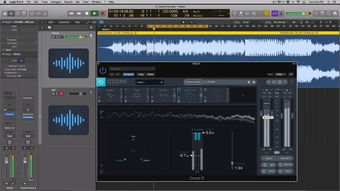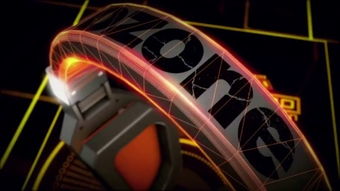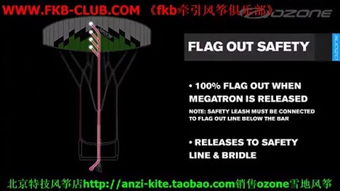
Understanding the Ozone Layer

The ozone layer, a vital component of Earth’s atmosphere, plays a crucial role in protecting life on our planet. Located in the stratosphere, about 15 to 35 kilometers above the Earth’s surface, this layer is composed of ozone (O3) molecules, which absorb and scatter the sun’s harmful ultraviolet (UV) radiation.
Composition and Structure

The ozone layer is primarily made up of ozone molecules, which are formed when oxygen molecules (O2) are broken apart by UV radiation and then recombine with other oxygen molecules. This process creates a stable layer of ozone that helps shield the Earth’s surface from the harmful effects of UV radiation.
| Layer | Height (km) | Composition |
|---|---|---|
| Troposphere | 0-15 | Most of the weather occurs here, including clouds, rain, and storms. |
| Stratosphere | 15-35 | Ozone layer, which absorbs UV radiation. |
| Mesosphere | 35-85 | Contains very few molecules, making it a very thin layer. |
| Thermosphere | 85-600 | Extremely hot, with temperatures reaching up to 2,000 degrees Celsius. |
Importance of the Ozone Layer

The ozone layer is essential for life on Earth, as it protects us from the harmful effects of UV radiation. UV radiation can cause skin cancer, cataracts, and other health issues. Additionally, UV radiation can damage plants, reduce crop yields, and harm marine life.
Threats to the Ozone Layer
The ozone layer has been threatened by human activities, primarily the release of ozone-depleting substances (ODS) such as chlorofluorocarbons (CFCs), hydrochlorofluorocarbons (HCFCs), and halons. These substances were widely used in refrigeration, air conditioning, and fire suppression systems.
The Montreal Protocol
In response to the threat to the ozone layer, the Montreal Protocol was established in 1987. This international agreement aims to phase out the production and consumption of ODS. As a result, the ozone layer has started to recover, and the hole in the ozone layer over Antarctica has decreased in size.
Monitoring and Research
Monitoring the ozone layer is crucial to understanding its health and ensuring the effectiveness of the Montreal Protocol. Scientists use satellite observations, ground-based instruments, and balloons to measure ozone concentrations and UV radiation levels.
Future Challenges
While the ozone layer is on the path to recovery, there are still challenges ahead. The phase-out of ODS has been successful, but some countries have not fully implemented the protocol. Additionally, new ozone-depleting substances may emerge, posing a threat to the ozone layer’s recovery.
Conclusion
The ozone layer is a vital component of Earth’s atmosphere, protecting us from harmful UV radiation. While the ozone layer has been threatened by human activities, the Montreal Protocol has helped to restore its health. However, continued monitoring, research, and international cooperation are essential to ensure the ozone layer’s future.






